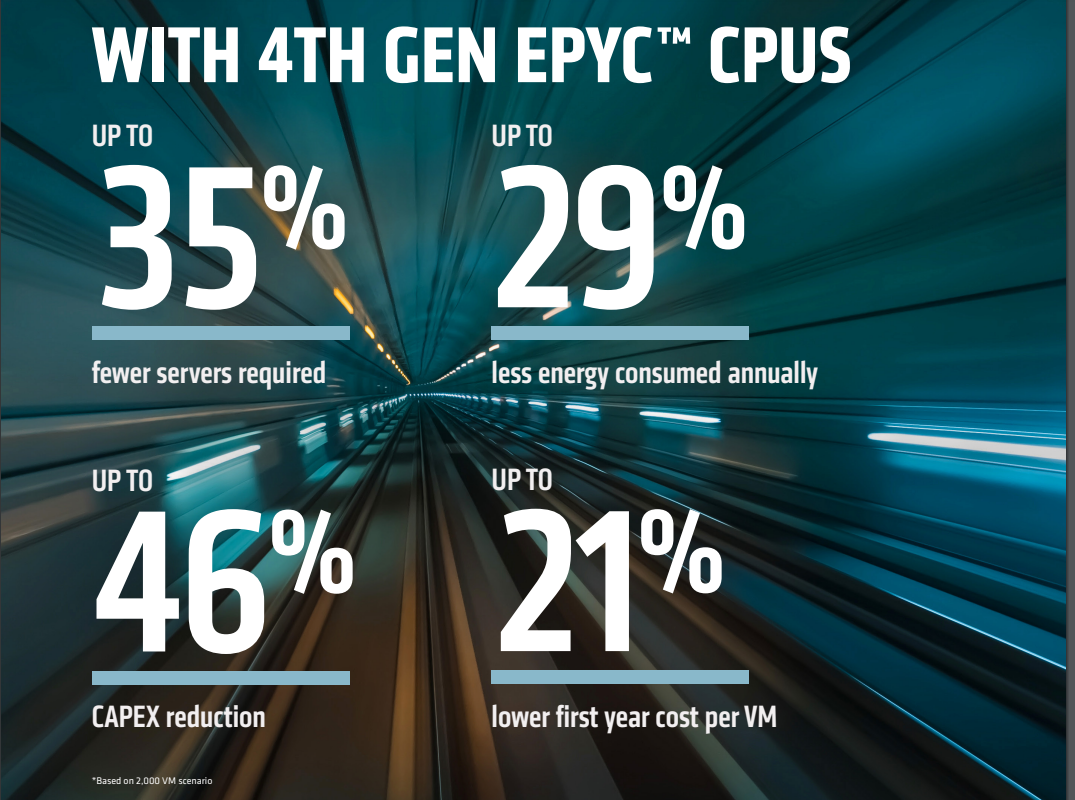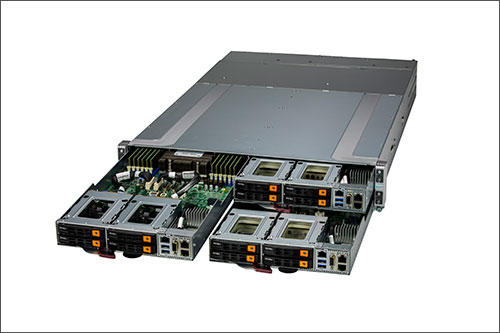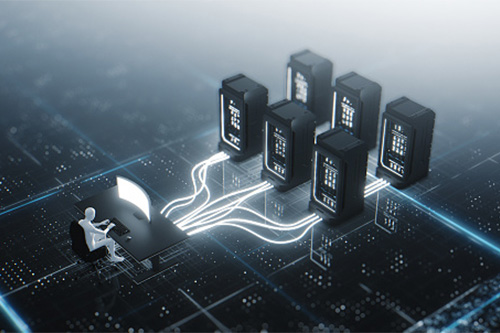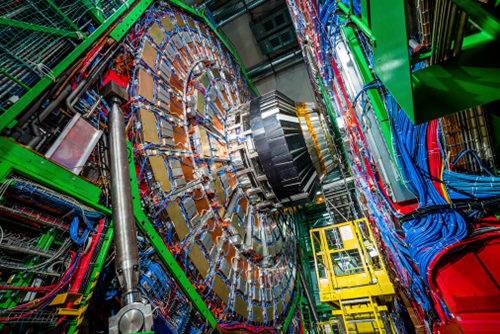Green computing allows us to align the technology that powers our lives with the sustainability goals necessary to battle the climate crisis.
In Part 1 of our Tech Explainer on green computing, we looked at data-center architecture best practices and component-level green engineering. Now we’ll investigate holistic green computing strategies that can help both corporate and individual users change for the better.
Green manufacturing and supply chain
The manufacturing process can account for up to 70% of the natural resources used in the lifecycle of a PC, server or other digital device. And an estimated 76% of all global trade passes through a supply chain. So it’s more important than ever to reform processes that could harm the environment.
AMD’s efforts to advance environmental sustainability in partnership with its suppliers is a step in the right direction. The AMD Supply Chain is currently on track to ensure two important goals: that 80% of its suppliers source renewable energy, and that 100% make public their emissions-reduction goals, both by 2025.
To reduce the environmental impact of IT manufacturing, tech providers are replacing the toxic chemicals used in computer manufacturing with alternatives that are more environmentally friendly.
Materials such as the brominated flame retardants found in plastic casings are giving way to eco-friendly, non-toxic silicone compounds. Traditional non-recyclable plastic parts are being replaced by parts made from both bamboo and recyclable plastics, such as polycarbonate resins. And green manufacturers are working to eliminate other toxic chemicals, including lead in solder and cadmium and selenium in circuit boards.
Innovation in green manufacturing can identify and improve hundreds, if not thousands, of industry-standard practices. No matter how small an improvement is when employed to create millions of devices, it can make a big difference.
Green enterprise
Today’s enterprise data-center managers are working to maximize server performance while also minimizing their environmental impact. Leading-edge green methodologies include two important moves: reducing power usage at the server level and extending hardware lifecycles to create less waste.
Supermicro, an authority on energy-efficient data center design, is empowering this movement by creating new servers engineered for green computing.
One such server is Supermicro’s 4-node BigTwin. The BigTwin features disaggregated server architecture that reduces e-waste by enabling subsystem upgrades.
As technology improves, IT managers can replace components like the CPU, GPU and memory. This extends the life of the chassis, power supplies and cooling systems that might otherwise end up in a landfill.
Twin and Blade server architectures are more efficient because they share power supplies and fans. This can significantly lower their power usage, making them a better choice for green data centers.
The upgraded components that go into these servers now include high-efficiency processors like the AMD EPYC 9654. The infographic below, courtesy of AMD, shows how 4th Gen AMD EPYC processors can power 2,000 virtual machines using up to 35% fewer servers than the competition:

As shown, the potential result is up to 29% less energy consumed annually. That kind of efficiency can save an estimated 35 tons of carbon dioxide—the equivalent of 38 acres of U.S. forest carbon sequestration every year.
Green data centers also employ advanced cooling systems. For instance, Supermicro’s servers include optional liquid cooling. Using fluid to carry heat away from critical components allows IT managers to lower fan speeds inside each server and reduce HVAC usage in data centers.
Deploying efficient cooling systems like these lowers a data center’s Power Usage Effectiveness (PUE), thus reducing carbon emissions from power generation.
Changing for the better, together
No single person, corporation or government can stave off the worst effects of climate crisis. If we are to win this battle, we must work together.
Engineers, industrial designers and data scientists have their work cut out for them. By fueling the evolution of green computing, they—and their corporate managers—can provide us with the tools we need to go green and safeguard our environment for generations to come.
Do more:
- Read Part 1 of this Tech Explainer: What does the data center demand?
- Read Part 3 of this Tech Explainer: Why you should reduce, re-use and recycle
- Check out Supermicro Green Computing
- Explore AMD Environmental Sustainability and the AMD Supply Chain and Mineral responsibiliy initiatives.








